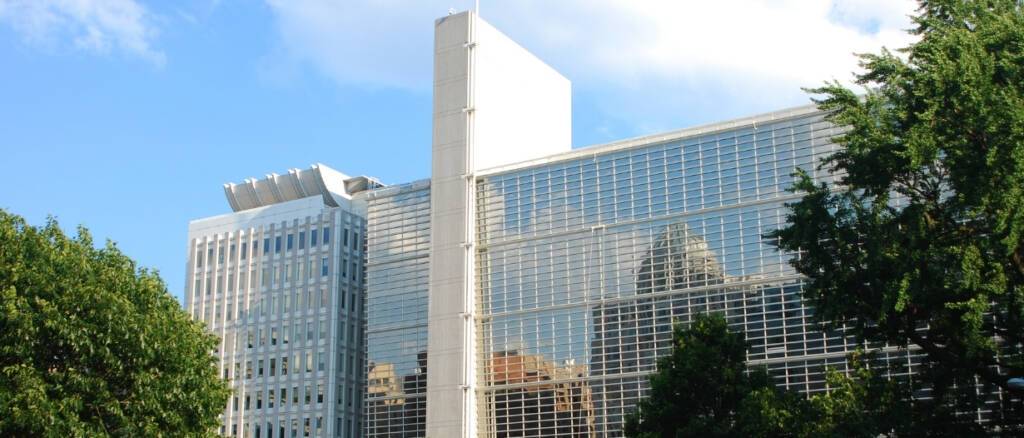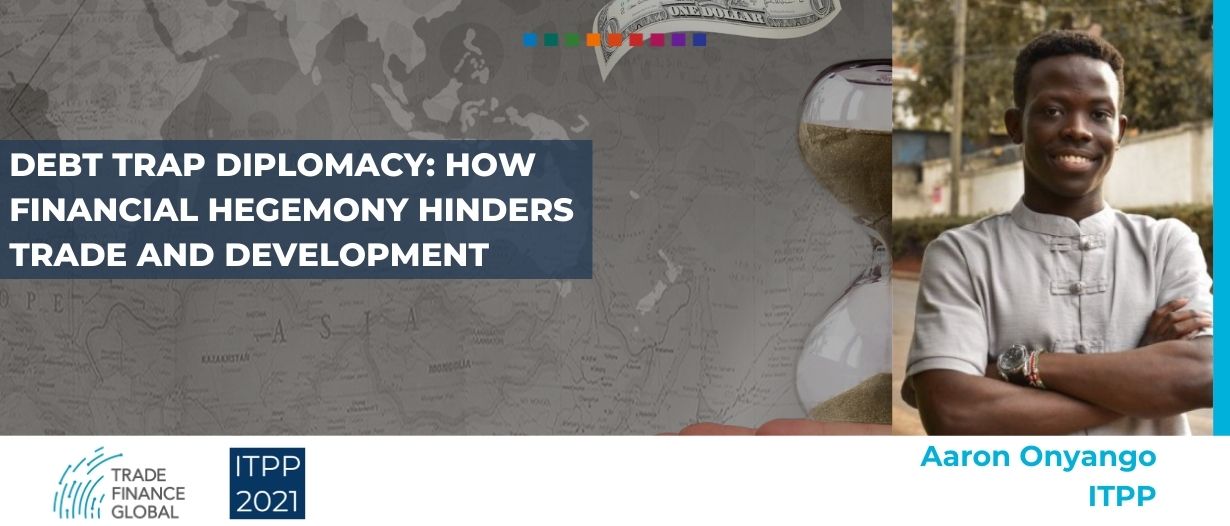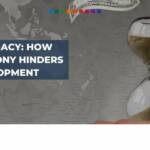Estimated reading time: 6 minutes
The notion of ‘debt-trap policy’ has elicited much debate about whether entities that deliberately flex their financial muscle to exert dominance over desperate countries exist. This work highlights its meaning, the actors, and its effects on trade and economic development.
Introduction
The term debt-trap diplomacy was popularized by the scholar Brahma Chellaney who coined the term to describe a scenario where a state or institution holding a powerful position or an abundance of resources, loans enormous amounts of finances to less endowed developing countries. The powerful state or institution then uses the debt as a means of holding leverage over the owing state when it is subsequently unable to offset the loan in time.
Chellaney used the term in relation to China’s alleged practice of issuing huge untenable loans to countries that would obviously be unable to honour the debt, forcing the states to compensate for the shortfalls by adopting or pursuing policies or programs that give China a strategic advantage. It also encompasses the attaching of strategic conditions to loans and grants by the lender in order to gain leverage on the recipient.
The Players
Debt trap diplomacy has been advanced by:
- Countries directly, through their national agencies and select organizations, and;
- International lending institutions.
Countries
China, owing to its recent surge onto the global stage in terms of trade, has been the most accused state of advancing the debt trap policy. This is mostly due to the country’s Belt Road Initiative (BRI) launched in 2011 by its then leader Xi Jinping. The initiative intended to expand China’s economic and political power through lending to countries for economic growth in exchange for trade and policy concessions, and economic opportunities.
Other countries in the global north, such as the United States, United Kingdom, and Germany, through their agencies, have been known to attach similar conditions to their grants and loans as a means of influencing certain courses of action by their debtors.
Institutions
The International Monetary Fund (IMF) and World Bank have similarly been accused of using their loans as a means of influencing the economic or political climate within the territories of their owing states.

The International Monetary Fund
When called out on its debt trap policy project, China stated that its policy was “virtually similar to the IMF’s lending policy”. Most recently, the IMF insisted that countries that required emergency loans for the prevention and management of the COVID-19 pandemic had to adopt austerity measures including social security and healthcare spending. This would undoubtedly reverse any progress towards mitigating the socioeconomic effects of the pandemic in the said countries. This is one example of the deleterious effects of the conditionality lending framework of the IMF.
The World Bank

The World Bank has been accused of being used as a tool to advance American hegemony over other states and advancing its foreign policy abroad. It has also been accused of extending a ‘global apartheid’ by advancing the interests of a select few at the expense of the majority of its members. Like the IMF, its loans have been said to be influenced by sociopolitical rather than objective economic considerations.
The negative impacts of debt-trap diplomacy
This phenomenon has vast implications ranging from sociopolitical to economic aspects of a country’s governance. One of the most salient economic effects that debt-trap diplomacy has is inhibiting the advancement of trade and development in the developing world.
Lack of policy control
When borrowing, the potential debtor states often have to contend with pre-conditions they are required to comply with in order to qualify for the loan. Organizations such as the World Bank and International Monetary Fund have conditions that directly dictate a country’s governance such as which sectors to invest in, the amount of public spending permissible in various sectors and how to regulate their markets. These conditions, christened Structural Adjustment Programs (SAPs) have been criticized because of their innately invasive character that interferes with the sovereignty of an independent state.
Countries that impose similar conditions directly or through their agencies are also guilty of the same practice. Their conditions involve concessions and policy directions as well as political actions which maybe be express or implied. Countries have been expected, for instance, to take sides in intentional fora such as the UN in favour of their financier or risk losing valuable finances or aid.
Other ways in which a country’s control over its policies are influenced include:
- Economic policy adjustments that result in compulsory bilateral and multilateral agreements that could build monopolies and tax reforms that force debtor countries to expand their tax bases
- Privatization of state-owned enterprises and deregulation of markets minimize the governments’ influence over their own economies.
All these instances evoke a scenario where the regime of the borrowing state is no longer in control of its own market, economy, or finances. This is detrimental to the economic trajectory of the country.
A country can chart its economic development through deliberate action that suits its own unique socioeconomic and political condition. Lack of policy control hampers a country’s trade in the following ways:
- Privatization of state-owned industries and reduction of regulation that limits the government’s control of the market that hampers its ability to control the growth and trajectory of trade.
- Removal of the country’s tariffs and trade restrictions could hinder the growth and development of locally produced materials by flooding the market with foreign products.
- Single-sided trade concessions create monopolies for foreign-owned businesses and their subsidiaries and prevent fair competition and transparency, limiting the growth of trade.
- Ascension to multilateral and bilateral agreements that create conditions and/or rules that are potentially harmful to the debtor’s own economy, because of geopolitical pressure.
Ballooning debt
Ballooning debt is a consequence of unsustainable loans. The desperate cash-strapped countries which often turn to these loans as a last resort must also contend with inflated interest rates that go beyond what would have been charged in the open market. Increased debt burdens result in countries borrowing even more to counter their growing budget deficits, eventually perpetuating a vicious cycle of debt. This ultimately results in countries having debt burdens that form a substantial part of some of their GDPs, rendering them heavily or completely dependent on donors.
When a state’s debt burden becomes disproportionate to the country’s output, trade becomes hindered in the following ways:
- Increased debt diverts colossal sums of the state coffers to debt repayment thus limiting the country’s ability to invest in trade and trade facilitation.
- Huge debt leaves a country open to asset acquisition by the creditor as a means of offsetting loans. These assets are usually of strategic importance such as ports and key industries. This limits the country’s economic growth and ability to trade.
Conclusion
Although opponents of debt-trap diplomacy term it as a myth resulting from exaggerated western fear of China’s recent emergence global economic powerhouse, the effects of a financial hegemony over debtor countries by richer countries and institutions have been felt.
The use of financial assistance has been used as a means of exerting influence by many countries and of increasing the reach of their influence in strategic ways. This sometimes results in a scenario where the beneficiaries of the financial assistance lose control of their policy directions and spiral into a free fall of debt which is injurious to their trade and economies.





































